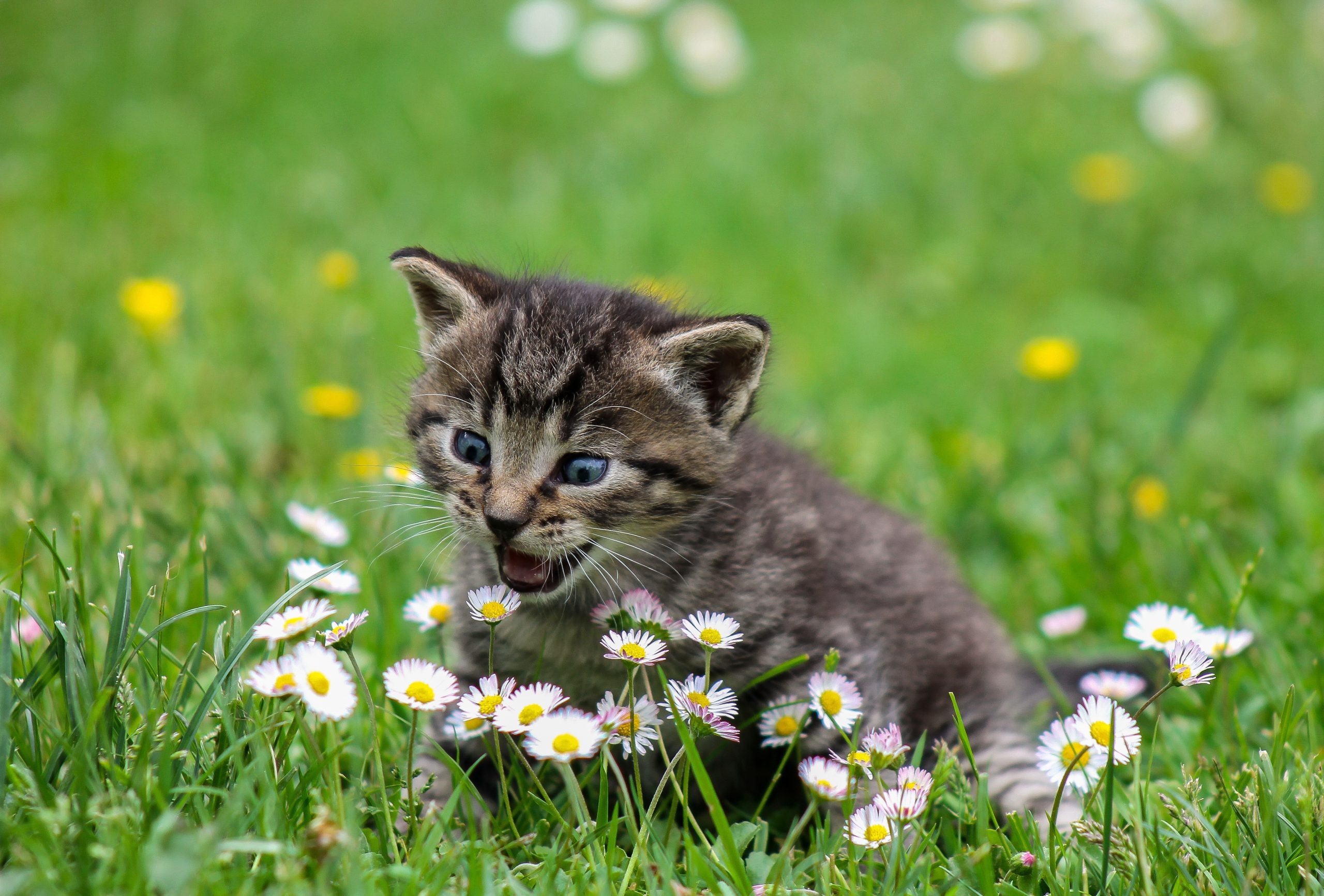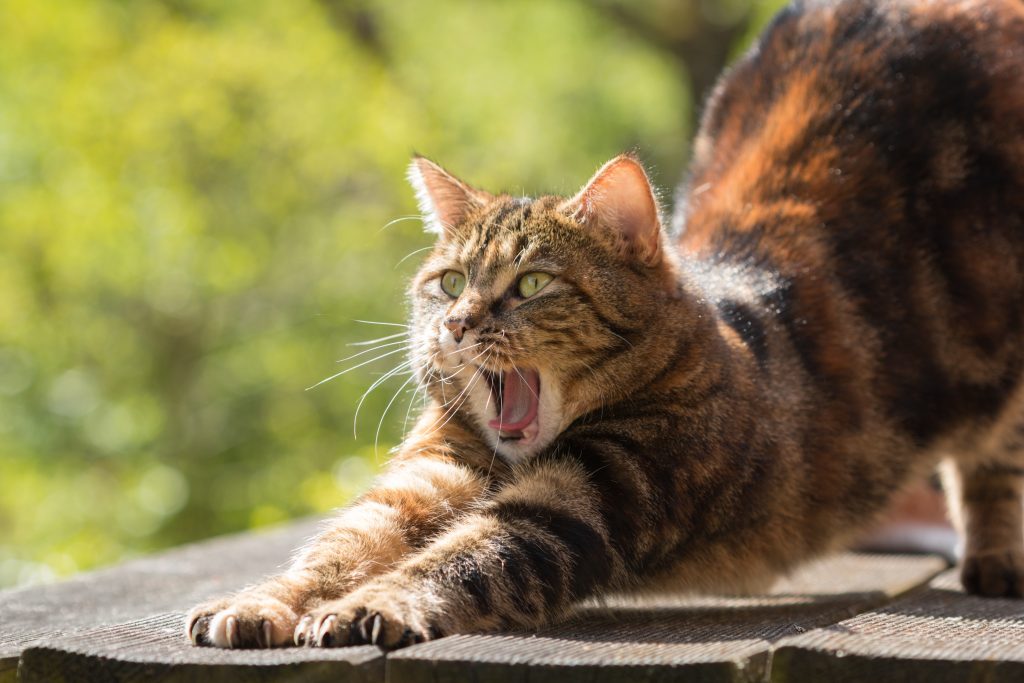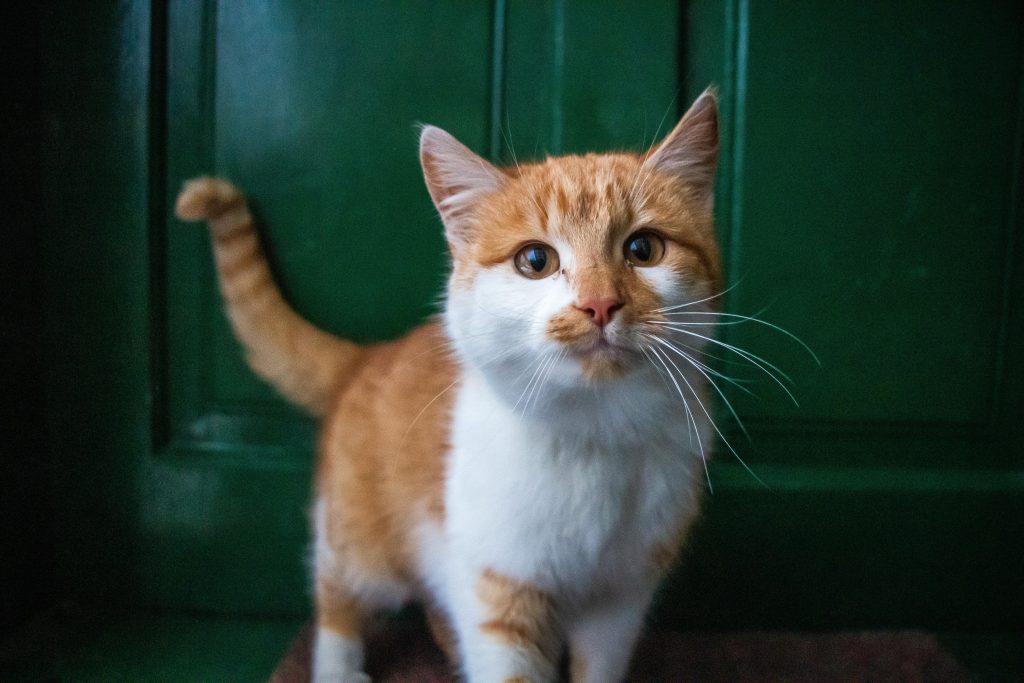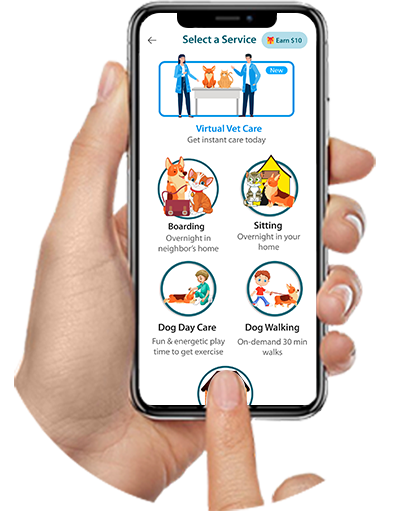Feline Calicivirus (FCV) is a highly contagious viral infection that affects domestic cats worldwide. This prevalent pathogen belongs to the Caliciviridae family and is known for its ability to cause a range of symptoms, from mild to severe. As one of the primary causes of upper respiratory infections in cats, FCV poses a significant challenge to feline health. Understanding this virus, its impact, and how to manage it is crucial for cat owners and veterinary professionals alike.
Feline Calicivirus
Feline Calicivirus is a small virus that primarily targets the upper respiratory tract and oral cavity of cats. It’s characterized by its genetic diversity, which allows for multiple strains with varying levels. This diversity contributes to the virus’s ability to evolve rapidly, making it challenging to control through vaccination alone. FCV is highly resilient in the environment, capable of surviving on surfaces for up to a month under favorable conditions. The virus spreads easily among cats through direct contact with infected animals or exposure to contaminated objects, such as food bowls, litter boxes, or bedding. Infected cats can shed the virus for weeks or even months after recovery, acting as carriers and potential sources of infection for other felines.
Signs and Symptoms
The clinical signs of Feline Calicivirus can vary widely depending on the strain of the virus and the individual cat’s immune status. Common signs and symptoms include sneezing, nasal discharge, and conjunctivitis, which are typical of upper respiratory infections. Many cats develop painful ulcers on the tongue, gums, or palate, leading to decreased appetite and drooling. Fever is often present, accompanied by lethargy. Some cats may experience joint pain due to the virus’s ability to cause arthritis-like symptoms. In more severe cases, cats can develop pneumonia, hepatitis, or pancreatitis. These systemic infections can lead to more serious symptoms such as jaundice, severe edema, and even organ failure.
Causes
Feline Calicivirus is primarily spread through direct cat-to-cat contact, making it particularly problematic in multi-cat households, shelters, and catteries. The virus is shed in all bodily secretions, including saliva, nasal discharge, and feces. Cats can contract FCV by coming into contact with these secretions, either directly from an infected cat or indirectly through contaminated surfaces or objects. Airborne transmission is also possible, especially in enclosed spaces with poor ventilation. Stress, overcrowding, and poor hygiene can increase the risk of transmission. Certain factors, such as age, immune status, and concurrent health issues, can make some cats more susceptible to infection or more likely to develop severe symptoms. The virus’s ability to mutate rapidly means that new strains can emerge, potentially causing outbreaks even in vaccinated populations.
Treatment
The goal of treatment is to manage symptoms, prevent secondary bacterial infections, and support the cat’s immune system as it fights off the virus. Veterinarians may prescribe antibiotics to prevent or treat secondary bacterial infections that can complicate FCV cases. Pain management is often necessary, especially for cats with oral ulcers that make eating painful. Appetite stimulants and fluid therapy may be administered to ensure proper nutrition and hydration. In severe cases, hospitalization may be required for intensive supportive care, including intravenous fluids, feeding tubes, and oxygen therapy. For cats with systemic FCV infections, more aggressive treatments such as antiviral drugs and immunosuppressants may be considered, although their efficacy is still being studied. Good nursing care, including keeping the cat’s eyes and nose clean and providing a stress-free environment, is crucial for recovery.
Preventive Measures
Prevention of Feline Calicivirus relies on a combination of vaccination, good hygiene practices, and management strategies. Vaccination is a cornerstone of FCV prevention, with vaccines available that protect against common strains of the virus. While vaccination may not prevent all infections, it typically reduces the severity of symptoms if a vaccinated cat does become infected. Kittens should receive a series of vaccinations starting at 6-8 weeks of age, followed by regular boosters as recommended by a veterinarian. Maintaining good hygiene in multi-cat environments is crucial. This includes regular cleaning and disinfection of all surfaces and objects that cats come into contact with, using products effective against caliciviruses. Isolating new or sick cats before introducing them to a household or cattery can help prevent the spread of FCV. Reducing stress through proper environmental management, including providing adequate resources (litter boxes, food bowls, resting areas) for all cats in multi-cat households, can help support immune function and reduce the risk of infection.
Conclusion
Feline Calicivirus remains a significant concern in feline health, challenging veterinarians and cat owners alike with its prevalence and adaptability. While the virus can cause a range of symptoms from mild to severe, understanding its nature, recognizing its signs, and implementing effective prevention and treatment strategies can significantly reduce its impact. Cat owners and veterinary professionals must remain proactive in their approach to Feline Calicivirus, working together to protect feline health and well-being.


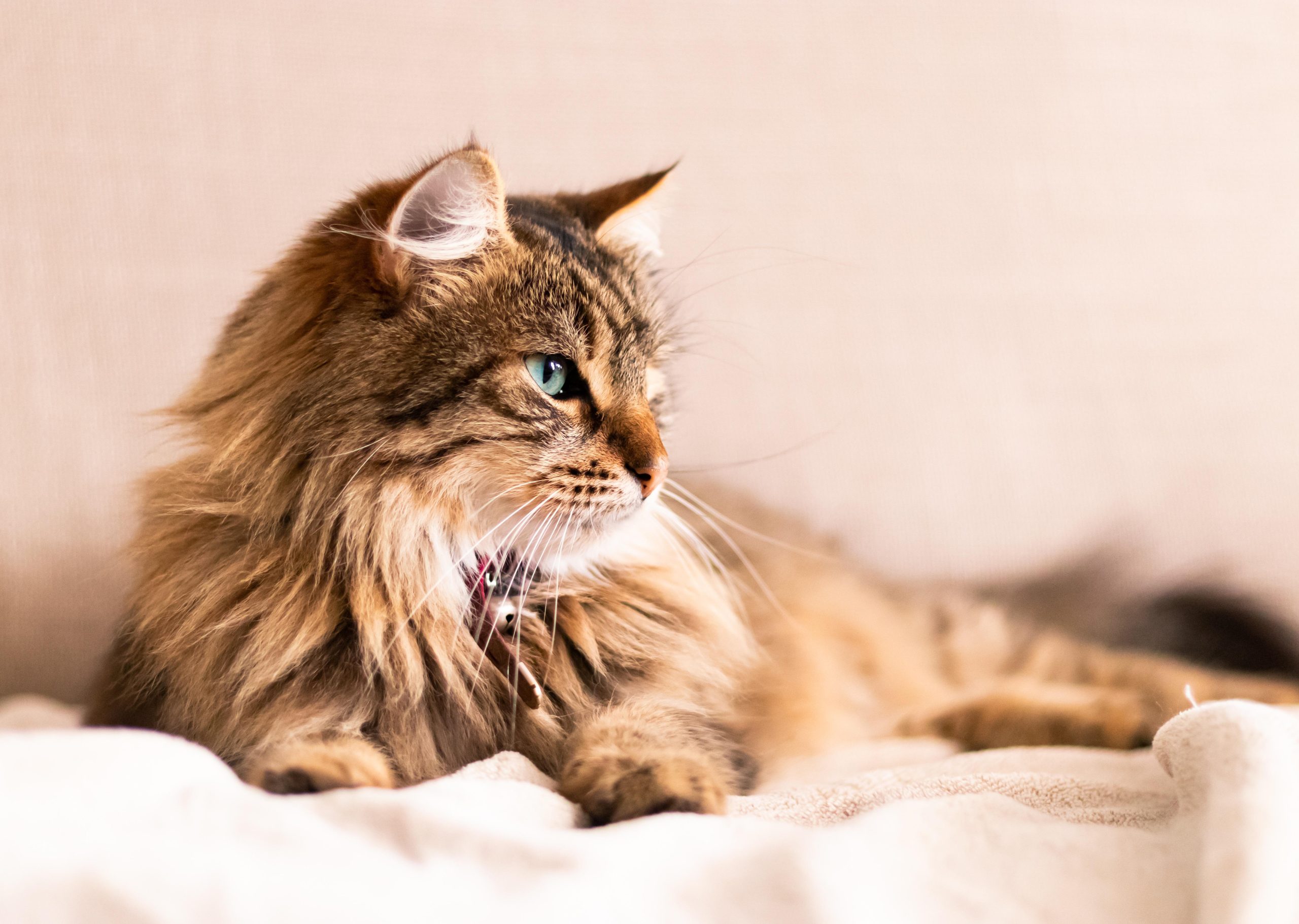
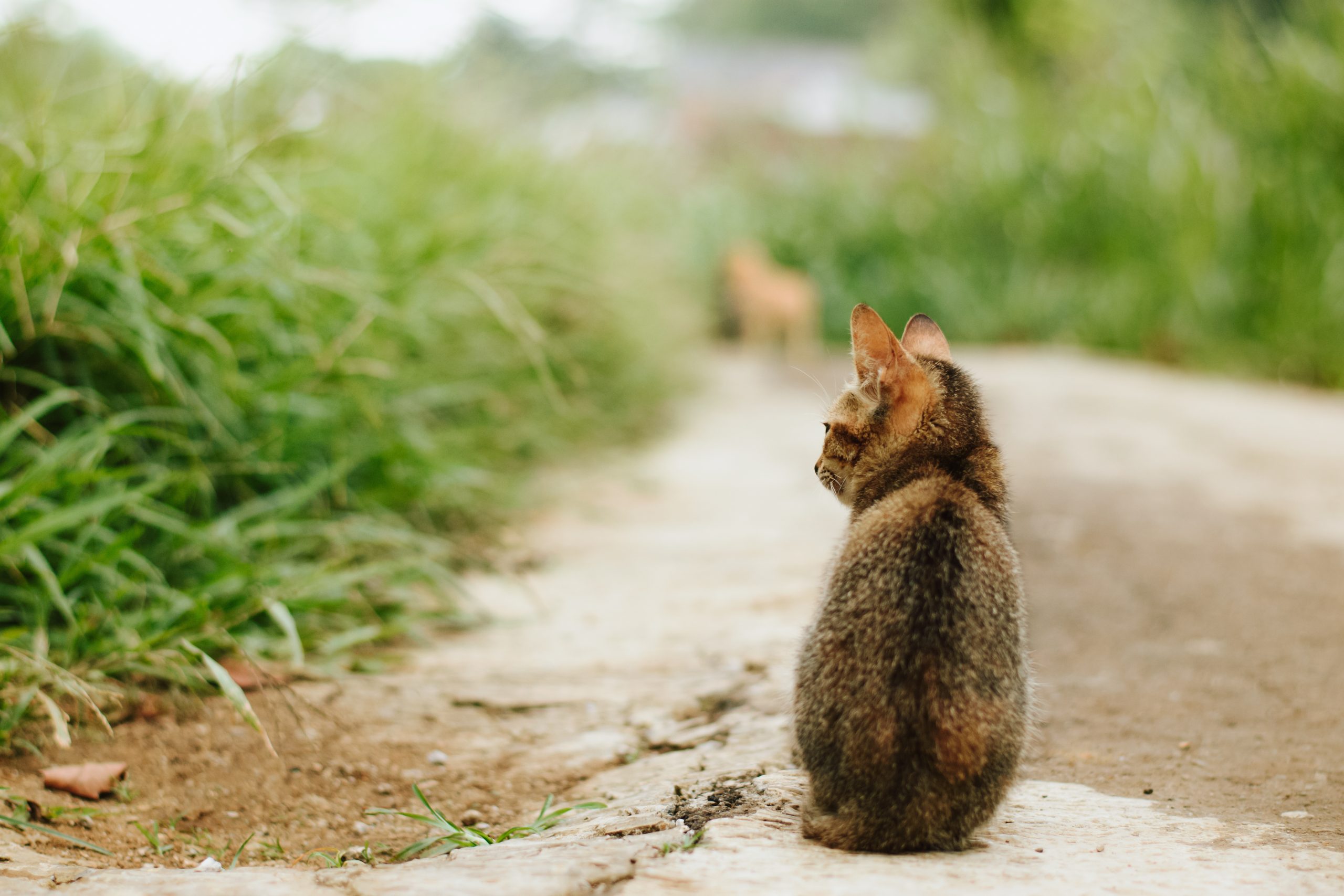
 Expert advice on healthcare, nutrition, behavior and all your pet needs!
Expert advice on healthcare, nutrition, behavior and all your pet needs! 